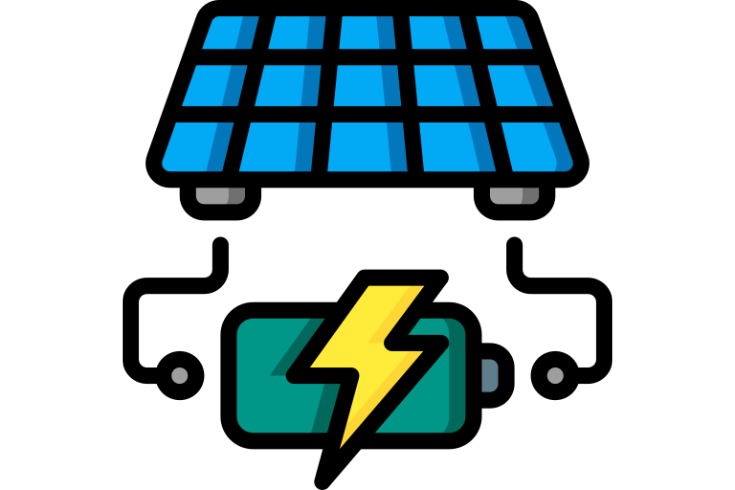Current and Past I-Corps Teams
cirCheck

PI: Sebastian Kadener
Technical Leads: Jazmin Morales, Michael Canori, The Nandar Su
Team Members: Isabella Chan, Sydney Clifford
The present innovation aims to utilize circular RNAs (circRNAs) as markers of age and exposure to environmental stresses. Work from our lab showed that by measuring a subset of brain circRNAs it is possible to determine the age of an animal and whether it has been exposed to high temperatures weeks before. Here we aim to expand these results and identify circRNAs that can reveal the life history of animal populations. Identifying these circRNAs could also lead to the development of synthetic tools to modulate organismal responses to stress.
KnowledgeMap

PI: Subhadeep Sarkar
Technical Lead: Arun Shrestha
Team Members: Allan Feldman, Christine Huang
The Knowledge Map project aims to construct a comprehensive database for topics in STEM aimed to create a concrete path of learning for students, researchers, and practitioners. At its core, KnowledgeMap is a database of topics in STEM and the essential learning materials and research papers associated with the topics. Through an interactive user interface, users can explore various subjects, and receive tailored paths for building foundational knowledge through curated research papers and learning materials.
HepTherapy

PI: Hao Xu
Technical Leads: Dakang Zhang, Zixiang Jiang, Le Yin
Team Member: Theresa Bui
Inflammatory liver diseases, including alcoholic fatty liver disease, nonalcoholic fatty liver disease, drug-induced liver injury, and injury during transplantation and liver surgeries, affect more than a quarter of the global adult population. However, effective therapeutics have been under-developed. High Mobility Group Box 1 (HMGB1) protein has emerged as a promising therapeutic target because of its essential role in these diseases and stereochemically defined heparan sulfate (HS) octadecasaccharides have recently displayed promising hepatoprotection by directly targeting HMGB1. In this project, we will merge stereoselective iron catalysis and enzymatic catalysis to rapidly assemble an array of novel heparan sulfate (HS) molecules that are otherwise difficult to obtain, aiming for the discovery of potent and selective molecular probes as new therapeutics for inflammatory liver diseases.
Solar Heat Fuel

PI: Grace Han
Technical Lead: Qiangfeng Qui
Team Members: Ayrton Bernuy & Andrew Mukurazita
Millions of off-grid individuals, such as disaster victims and remote residents, etc., need affordable, safe, and reliable heating solutions. Current options, such as fossil fuels and biofuels, pose significant risks, including harmful emissions, fire hazards, and environmental damage. Batteries are an alternative, but their performance is severely limited in low temperatures. Our innovative solution is a solar-chargeable heat source that captures solar energy, stores it long-term and releases energy in heat on demand. This emission-free, sustainable technology offers a safer, healthier, and more affordable alternative for off-grid heating.
NMRXertAI

PI: Pengyu Hong
Technical Lead: Yunrui Li
Team Members: Keval Patel, Xi Yu
Nuclear magnetic resonance (NMR) spectroscopy is crucial in advancing materials science, as it reveals detailed structural information, electronic properties, and molecular dynamic insights. Accurate prediction of NMR peaks from molecular structures enables materials scientists to effectively evaluate and verify candidate structures by comparing predictions with observed shifts in experimental NMR spectra. While substantial progress has been achieved in predicting one-dimensional (1D) NMR using Machine Learning (ML) approaches, 2D NMR prediction remains a challenge due to the scarcity of annotated training data. In this work, we present a modular, AI-driven approach designed for automated cross-peak prediction and annotation of experimental 2D NMR data.